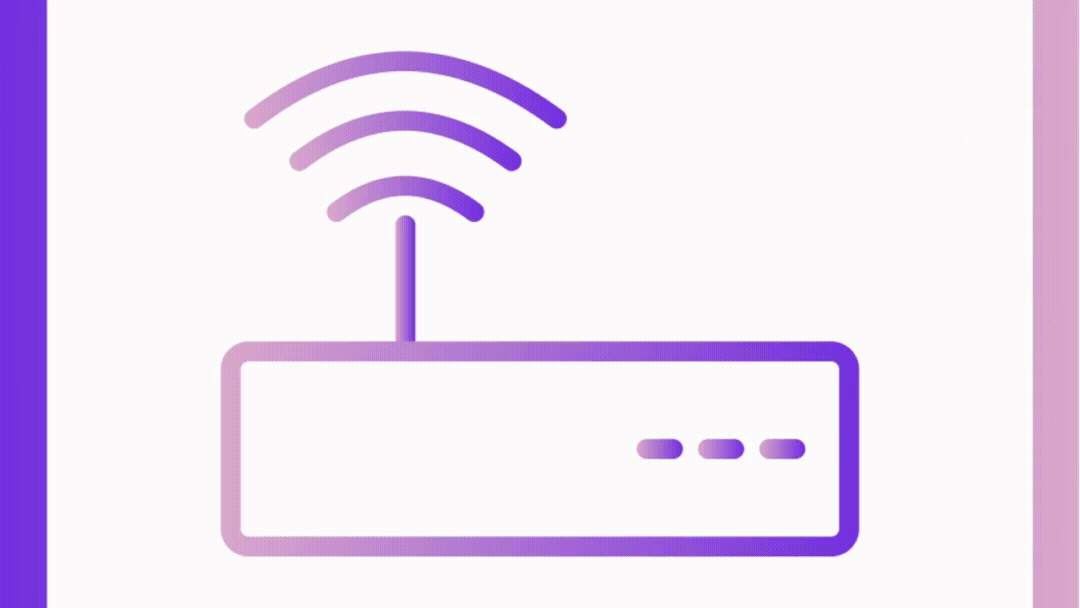In today’s hyper-connected business landscape, enterprises rely heavily on Customer Premises Equipment (CPE) to maintain seamless connectivity, security, and network performance. Whether it’s routers, firewalls, SD-WAN appliances, or VoIP systems, downtime or inefficiencies in CPE can disrupt operations, leading to lost productivity and revenue.
This is where Service Level Agreements (SLAs) come into play. A well-structured SLA ensures that your managed service provider (MSP) delivers on promises related to uptime, support responsiveness, and performance metrics. But what should enterprises look for in an SLA for CPE? Let’s break it down.
Why SLAs Matter for Enterprise CPE
SLAs are not just legal formalities—they are performance guarantees that hold providers accountable. For CPE, which sits at the heart of enterprise networks, SLAs must cover:
- Uptime Guarantees – Ensuring minimal disruption.
- Support and Response Times – Fast resolutions to issues.
- Performance Benchmarks – Maintaining optimal speed and reliability.
Without strong SLAs, businesses risk unplanned outages, slow troubleshooting, and inconsistent service quality—all of which can hurt operations.
1. Uptime SLAs: Keeping Your Business Online
Uptime is the most critical SLA metric for CPE. Even a 0.1% downtime difference can translate to hours of lost productivity annually.
What to Look for in Uptime SLAs:
- 99.9% (Three Nines) or Higher – This allows for ~8.76 hours of downtime per year.
- 99.99% (Four Nines) – Reduces downtime to ~52 minutes annually.
- Compensation Clauses – Credits or refunds if uptime falls below agreed thresholds.
Real-World Impact:
A financial services firm with 99.9% uptime might experience 8+ hours of downtime per year, while a 99.99% uptime SLA keeps outages under an hour—critical for trading platforms or transaction systems.
Pro Tip: Ensure uptime SLAs include network latency and packet loss thresholds, not just availability.
2. Support SLAs: Fast Resolution When Issues Arise
Even with high uptime guarantees, problems can occur. How quickly your MSP responds determines how much disruption your business faces.
Key Support SLA Metrics:
| Severity Level | Response Time | Resolution Time |
|---|---|---|
| Critical (Outage) | <15-30 mins | <2-4 hours |
| High (Major Impact) | <1 hour | <8 hours |
| Medium (Minor Impact) | <4 hours | <24 hours |
| Low (General Query) | <8 hours | <48 hours |
Best Practices for Support SLAs:
- 24/7/365 Availability – Issues don’t wait for business hours.
- Dedicated Account Managers – Ensures faster escalation.
- Multi-Channel Support – Phone, email, chat, and ticketing systems.
Example: A retailer during Black Friday cannot afford a 4-hour wait for a network issue—SLAs must enforce rapid response.
3. Performance SLAs: Beyond Just Availability
Uptime alone isn’t enough—network performance affects user experience. Performance SLAs should include:
Critical Performance Metrics:
✔ Latency (sub-50ms for real-time apps like VoIP)
✔ Jitter (<30ms for stable video conferencing)
✔ Packet Loss (<1% for smooth data transmission)
✔ Throughput (Guaranteed bandwidth for critical apps)
Why Performance SLAs Matter:
- A 10ms increase in latency can slow down cloud applications.
- High jitter disrupts VoIP calls, leading to poor communication.
- Packet loss above 1% can cause video buffering and file transfer failures.
Case Study: A healthcare provider using telemedicine needs <20ms latency—without it, remote consultations suffer.
Negotiating the Best SLA for Your Enterprise CPE
Not all SLAs are equal. Here’s how to ensure you get the best terms:
1. Define Clear Penalties & Remedies
- Service credits for missed SLAs (e.g., 5-10% refund per violation).
- Termination rights if repeated failures occur.
2. Demand Transparency in Reporting
- Real-time dashboards showing uptime, latency, and ticket status.
- Monthly SLA compliance reports.
3. Avoid “Best Effort” Clauses
- Phrases like “we’ll try our best” are red flags—demand measurable commitments.
4. Test Before Signing
- Run benchmark tests during the trial period to validate claims.
Final Thoughts: SLAs as a Competitive Advantage
A strong SLA isn’t just about avoiding downtime—it’s about ensuring business continuity, customer satisfaction, and operational efficiency. Enterprises must:
✅ Prioritize uptime (99.99%+ where possible)
✅ Demand rapid support (under 30 mins for critical issues)
✅ Enforce performance benchmarks (latency, jitter, packet loss)
By locking in ironclad SLAs, businesses can turn their CPE from a potential weak link into a reliable, high-performance asset.
